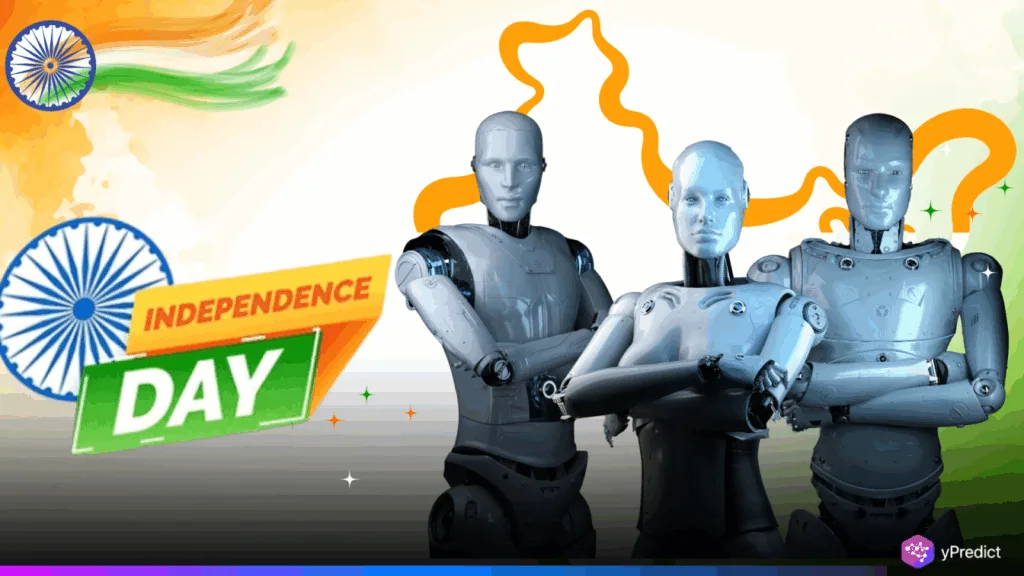
The prime minister of India, Narendra Modi, stated at the time of the 79th Independence Day of India that India must have its operating systems and artificial intelligence platforms. This Independence Day speech, broadcast by the Red Fort, indicated an obvious aim of becoming technologically self-sufficient, disregarding the over-reliance on the foreign world of technology in which Microsoft, Google, and others are major players. The IT industry makes a significant contribution to the GDP of India, but important infrastructures continue to depend on the importation of software and hardware.
Push for Indigenous OS and AI Development
People increasingly voice the appeal for an indigenous operating system on Independence Day, but this idea is not innovative; it is old. The national platform that voiced this demand has given it new impetus. Developers need to create an OS capable of performing competitively against established platforms like Windows, Linux, and macOS based on performance, security, and scalability. India has five million IT professionals to tap, but a healthy application ecosystem, developer tools, and hardware integration must also support the OS—all requiring seven years to develop. Past Independence Day political announcements, e.g., associated with Digital India, have demonstrated how political focus can provide a “fast track” to infrastructure and investment.
Regarding the AI front, one can relate the Independence Day speech by Modi to the call for the Independence of AI globally, a tendency to focus on national control over information and innovation. Indian industrialists such as Reliance and Tata are spending major amounts on AI-ready cloud separators. Tata could build a $10 billion chip plant in Assam in 2026 to create chip independence that is essential to AI and OS production. Nevertheless, India has less than 1 percent of its GDP set aside as R&D, which is significantly behind the other tech giants.
Opportunities, Risks, and Global Context
When done properly, the blueprint of Independence Day by having indigenous OS and AI systems and technologies could make India a rising technological world power. Having sovereign control over software and AI infrastructure would increase cybersecurity resilience and protect against foreign sanctions or supply chain risks. India has one of the largest domestic markets in the world; thus, an early adoption could give it the momentum to disrupt the deep-rooted international competitors. The symbolism in Independence Day is also politically charged, giving both the private and public sectors the impetus for the cause.
Nevertheless, dangers are extreme. The nation is experiencing an unending brain drain, with a significant number of senior engineers leaving the country to get higher wages and more comprehensive infrastructural research facilities. Local firms might hesitate in undertaking huge investments without state-sponsored protection. Executions could be slowed by regulatory barriers, such as are observed in mining and infrastructure-related projects. Further, there is a possible incompatibility of systems, which could arise as a result of the fragmentation of various private and public initiatives. At the international level, the competitors will closely observe India, especially in the geopolitical blocs such as BRICS.
Path to Technological Sovereignty
The traffic of Independence Day to have indigenous operating systems and AI platforms is a step in the right direction for technological sovereignty. It will succeed through coordinated action in the country, funding in high magnitudes in R&D, and partnerships between the companies and the government to lead in innovation. Development of an infrastructure such as the Assam semiconductor plant has the potential to become a major pillar in this initiative, but the speed of execution and the quality of the ecosystem will matter.






